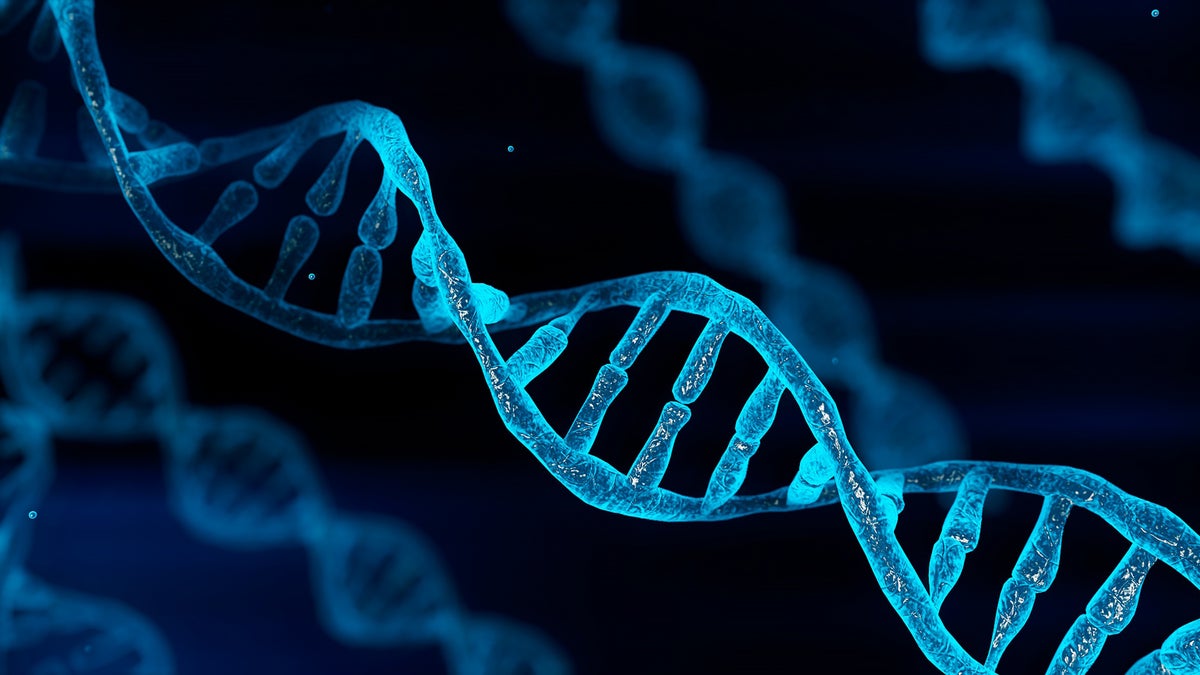For the first time, researchers have used this bacterial tool to edit genes in human cells.
By Saugat Bolakhe on May 1, 2022
Scientific American May 2022 Issue
Deep in a bacterium’s gelatinous matrix dwell little “cellular machines” called retrons, which produce single strands of DNA to detect certain viral infections. Now for the first time, researchers have used these natural DNA scriptwriters to modify genes in human cells. A new study, published in Nature Chemical Biology, suggests this technique can enhance gene editing across diverse animal groups.
Although the well-known CRISPR process has made gene editing much easier in recent years, it “has its own limitations,” says the study’s senior author Seth Shipman, a bioengineer at the University of California, San Francisco. This process introduces an enzyme called Cas9 to cut DNA segments and provides templates of desired DNA, designed by researchers, for cells to incorporate during the repair process. But this template DNA is created in the laboratory and must be inserted separately from CRISPR’s components—and it does not always penetrate the cellular membrane.
Shipman and his colleagues instead used retrons to manufacture that DNA inside the cell itself, where the CRISPR process can readily use it. Retrons carry an enzyme called reverse transcriptase that builds DNA strands based on RNA. They also feature “some strangely overlapping loops of RNA” that help them function, says Santiago Lopez, a graduate student at U.C.S.F. and lead author on the study. ...
By Saugat Bolakhe on May 1, 2022
Scientific American May 2022 Issue
Deep in a bacterium’s gelatinous matrix dwell little “cellular machines” called retrons, which produce single strands of DNA to detect certain viral infections. Now for the first time, researchers have used these natural DNA scriptwriters to modify genes in human cells. A new study, published in Nature Chemical Biology, suggests this technique can enhance gene editing across diverse animal groups.
Although the well-known CRISPR process has made gene editing much easier in recent years, it “has its own limitations,” says the study’s senior author Seth Shipman, a bioengineer at the University of California, San Francisco. This process introduces an enzyme called Cas9 to cut DNA segments and provides templates of desired DNA, designed by researchers, for cells to incorporate during the repair process. But this template DNA is created in the laboratory and must be inserted separately from CRISPR’s components—and it does not always penetrate the cellular membrane.
Shipman and his colleagues instead used retrons to manufacture that DNA inside the cell itself, where the CRISPR process can readily use it. Retrons carry an enzyme called reverse transcriptase that builds DNA strands based on RNA. They also feature “some strangely overlapping loops of RNA” that help them function, says Santiago Lopez, a graduate student at U.C.S.F. and lead author on the study. ...

Comment